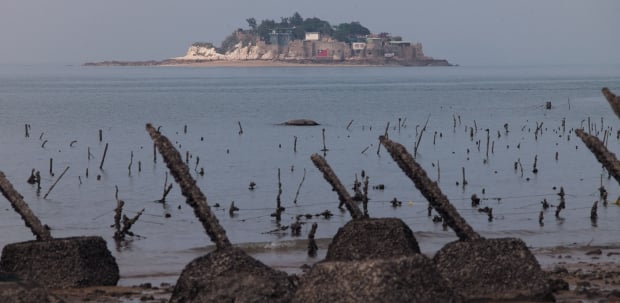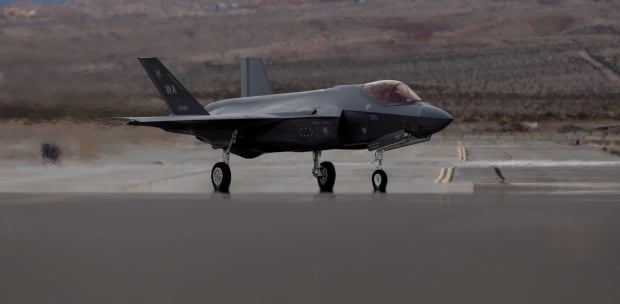TWO long range bombers from the United States flew near China's air defence identification zone (ADIZ) on Tuesday as the Chinese navy conducted a series of massive military drills.
Aviation tracker site Aircraft Spots reported that two US Air Force B-1B Lancer bombers left the Andersen Air Force Base in Guam on Tuesday morning and entered China's ADIZ over the East China Sea.
It said the bombers were refuelled in mid-flight during the mission.
The use of B1-B bombers is a departure from the usual fighter jets and spy planes that the US have sent before on missions this close to the Chinese coast.
Aircraft Spots said the US bombers flew very close to the northeast corner of Taiwan's ADIZ and they would have entered the Chinese zone had they continued on the same trajectory.
Under international rules, aircraft flying over such zones should notify the relevant authorities earlier but the US and Japan do not recognise China's claims over the area.
According to a South China Morning Post report, the use of the bombers suggest that the US was sending a blunt warning to China.
The bombers' mission coincided with Chinese naval drills conducted simultaneously in the South China Sea, East China Sea and Bohai Sea.
Military analysts said the simultaneous exercises are seen as a demonstration from the Chinese People's Liberation Army that it could conduct operations in different military theatres at the same time.
Also on Tuesday, a Taiwanese air force F-16 fighter jet went missing off the coast of Taiwan during a training mission.
Taiwan's air force said they were investigating the incident and it was not clear if it was related to any military drills in the area.
Meanwhile, China has reportedly acquired a nuclear second-strike capability after spending the last two decades on building defences for its nuclear forces on land and at sea.
According to a former Chinese senior colonel, China can strike back from a nuclear attack and this will deter others from launching one against it.
The former colonel Wang Xiangsui, now a university professor in Beijing, said the defences included a vast network of tunnels to transport and protect missiles and this meant China's security was guaranteed even in the worst scenario.
"Launching nuclear strikes on China has always been a military option for the US," Wang had told a closed-door meeting last month.
Wang said some US assessments claimed that only one Chinese nuclear warhead would be able to survive a US first strike and reach American soil in a counter-attack but he dismissed it as "clearly nonsense".
Chinese state media reported in 2018 that the military had built an "underground Great Wall" of 5,000km of tunnels throughout the country to hide, move and launch its nuclear counterstrike forces.
SCMP said that in addition to intercontinental ballistic missile tunnels, China had also developed advanced missiles and expanded its operations in the South China and Yellow seas in which its ballistic missile submarines could operate safely.
It has one submarine base in the South China Sea and two in the Yellow Sea, closer to the mainland US for missiles sent over the north pole.





